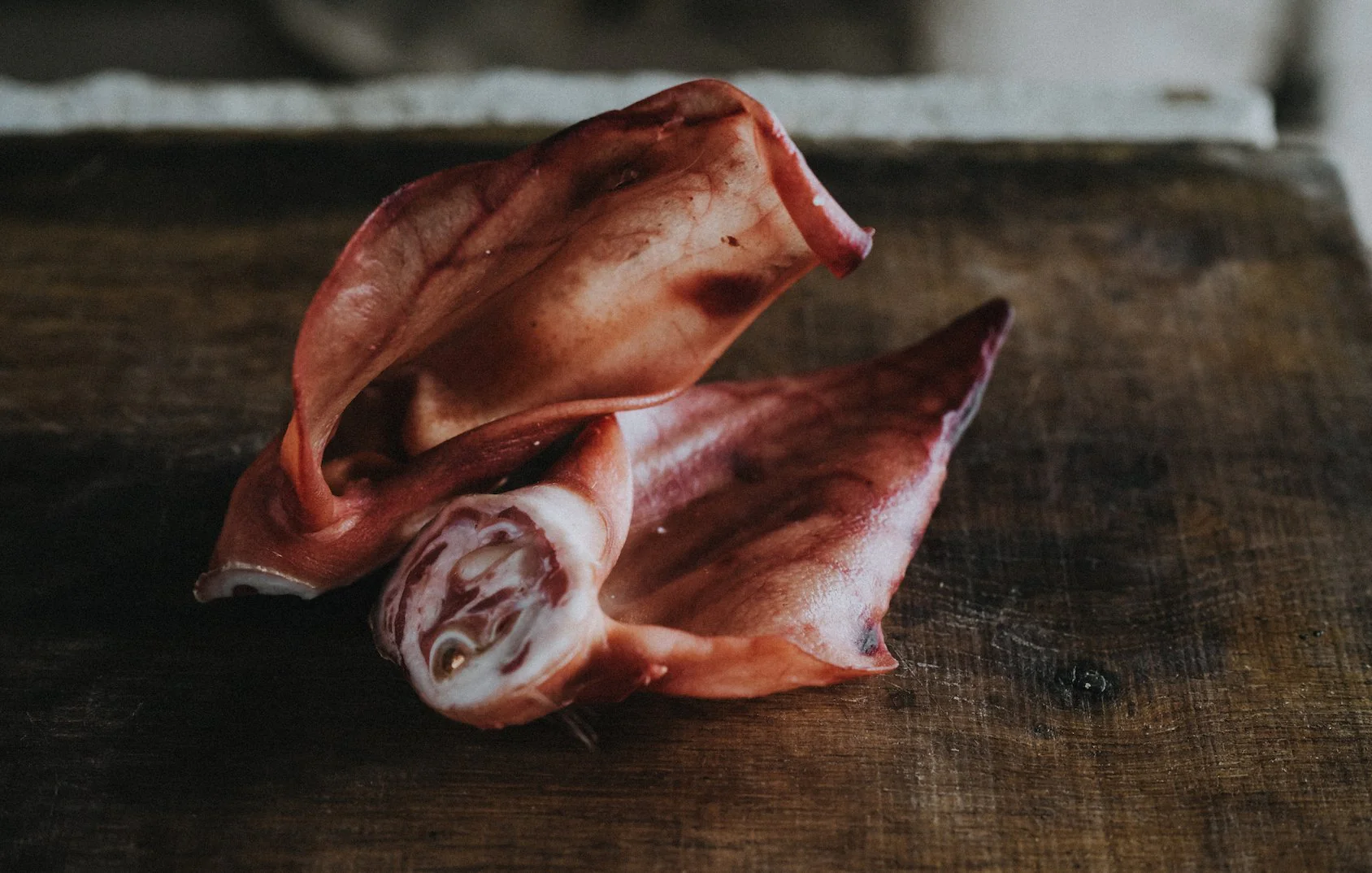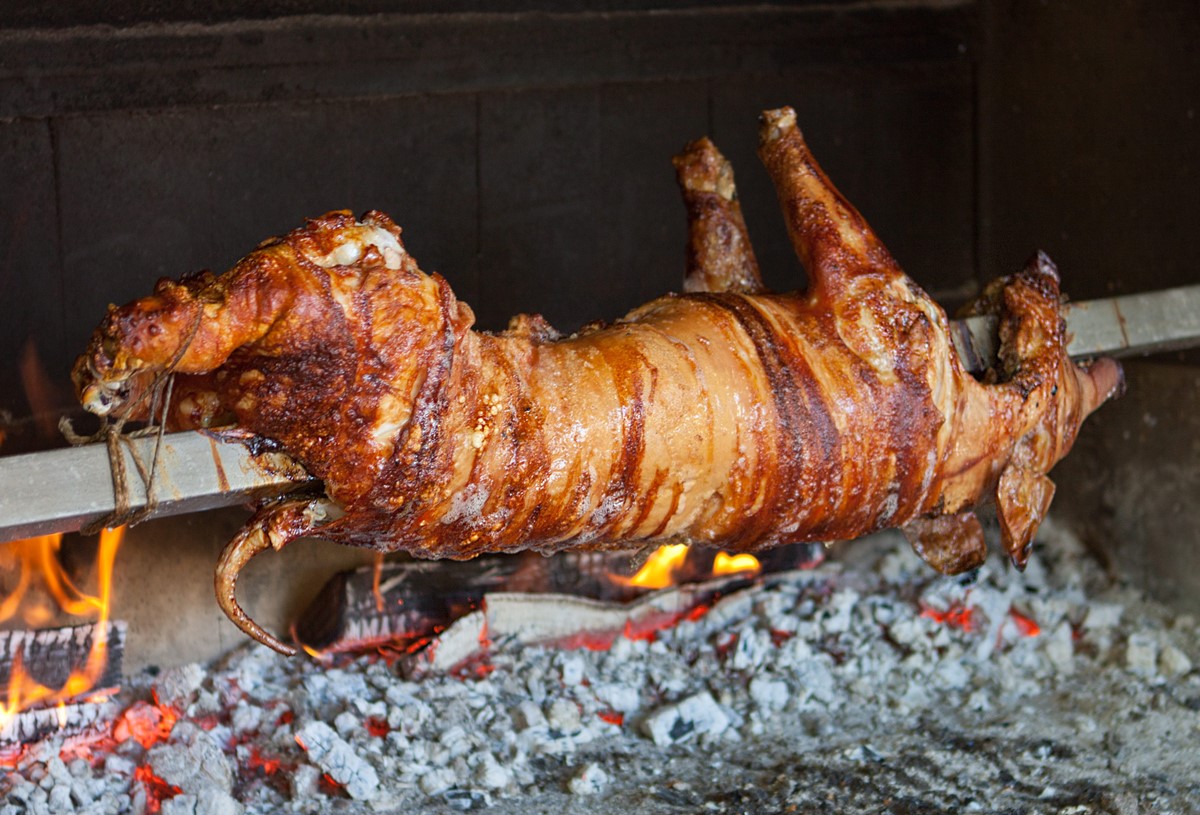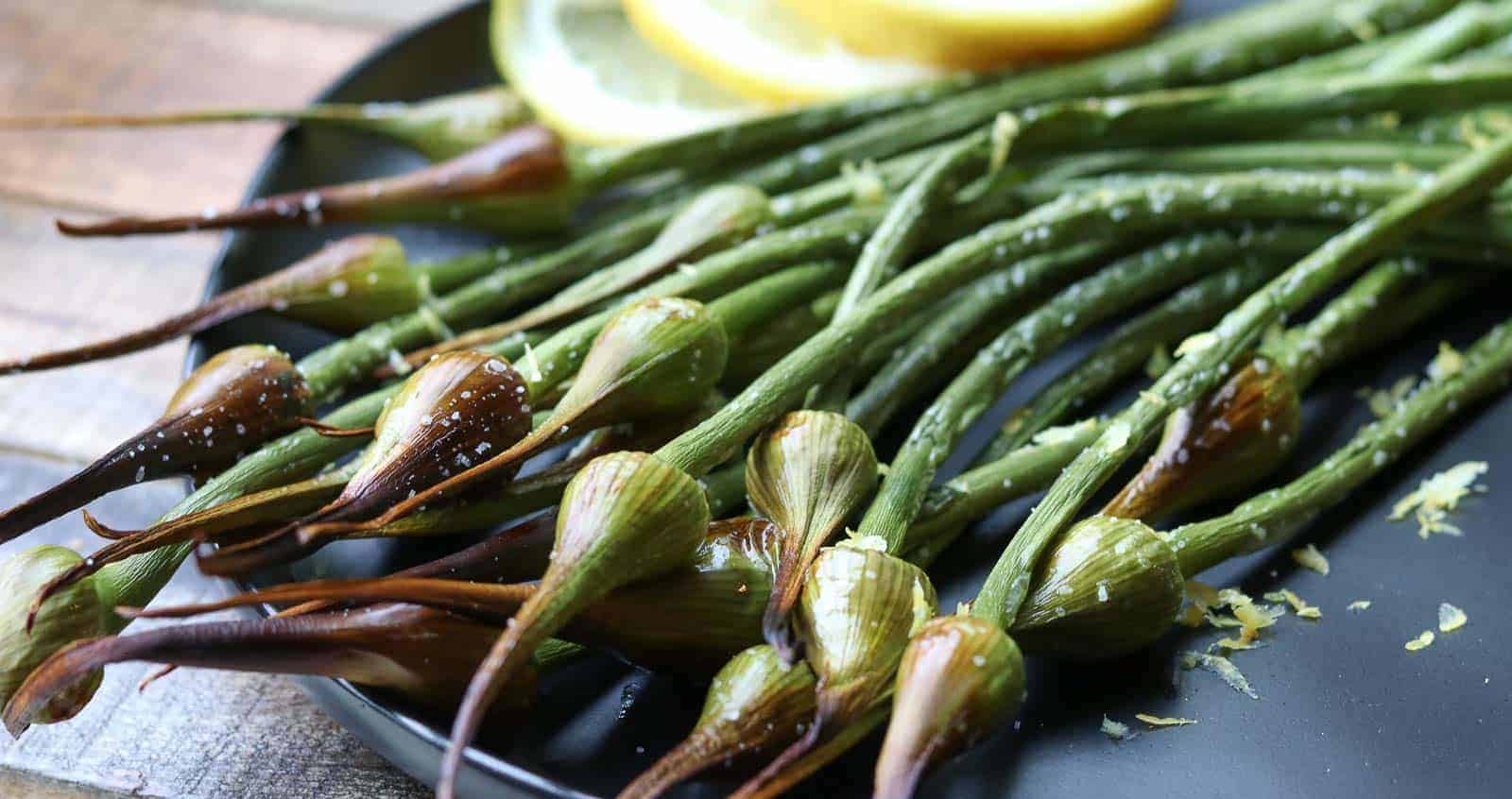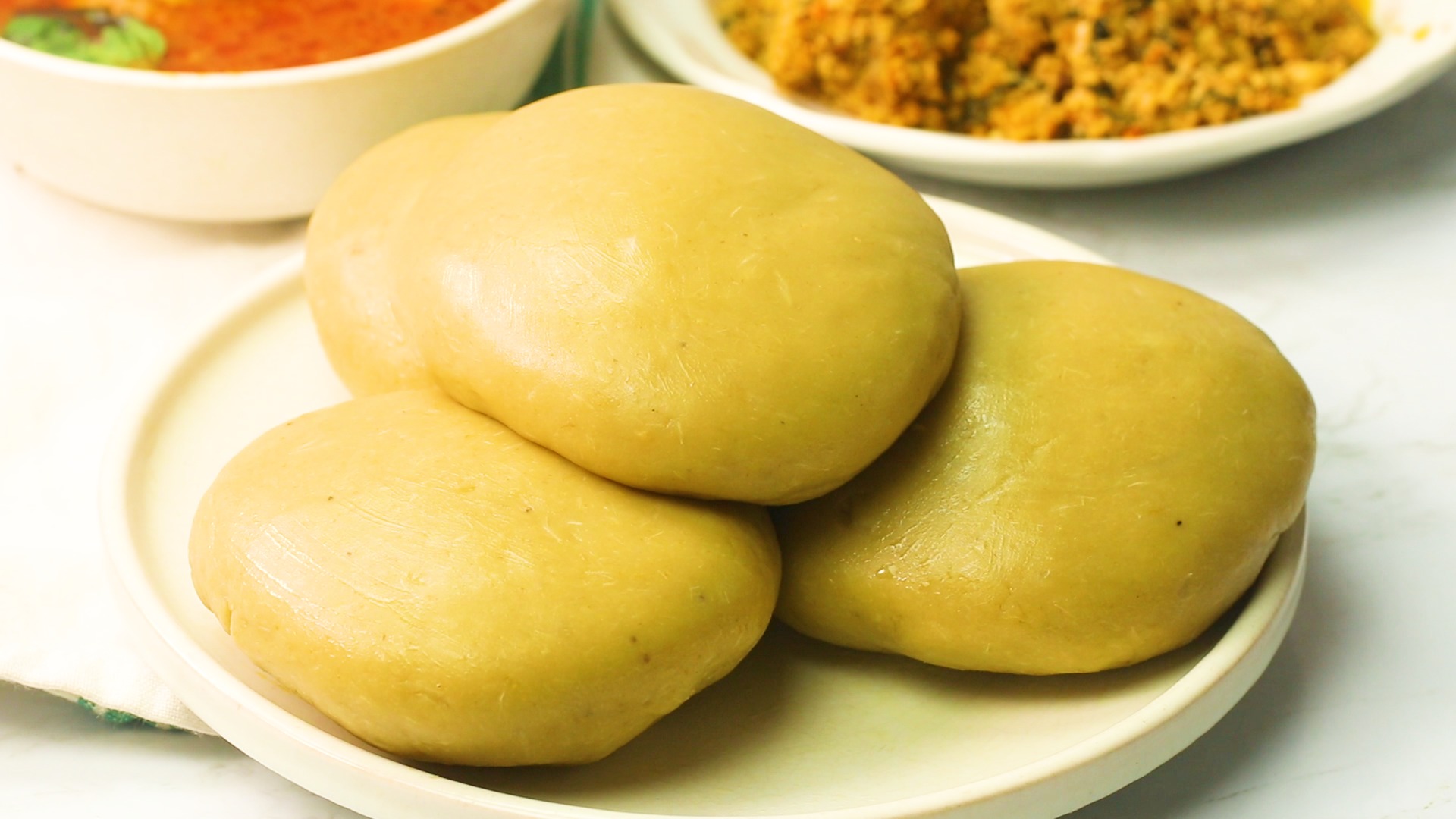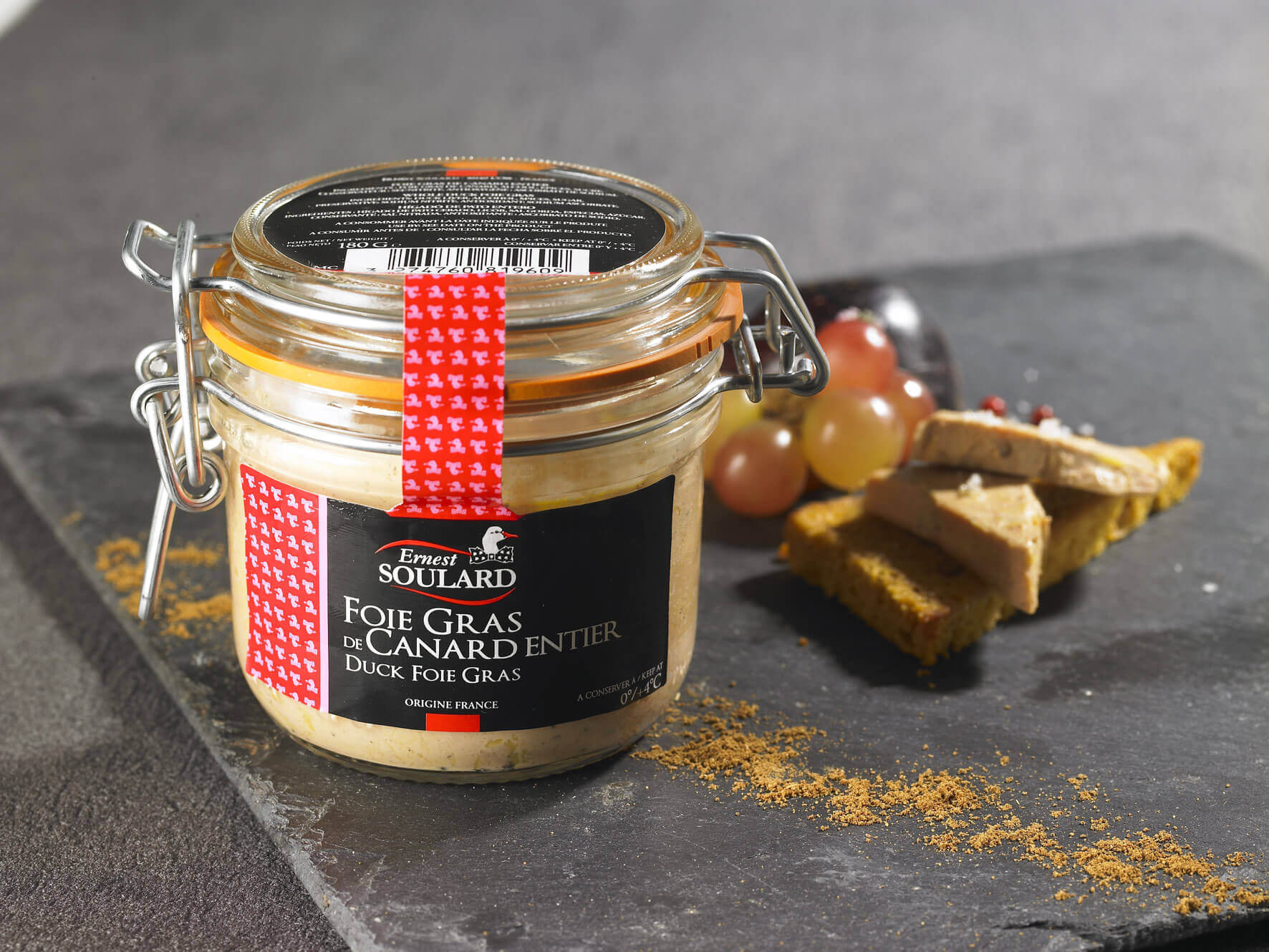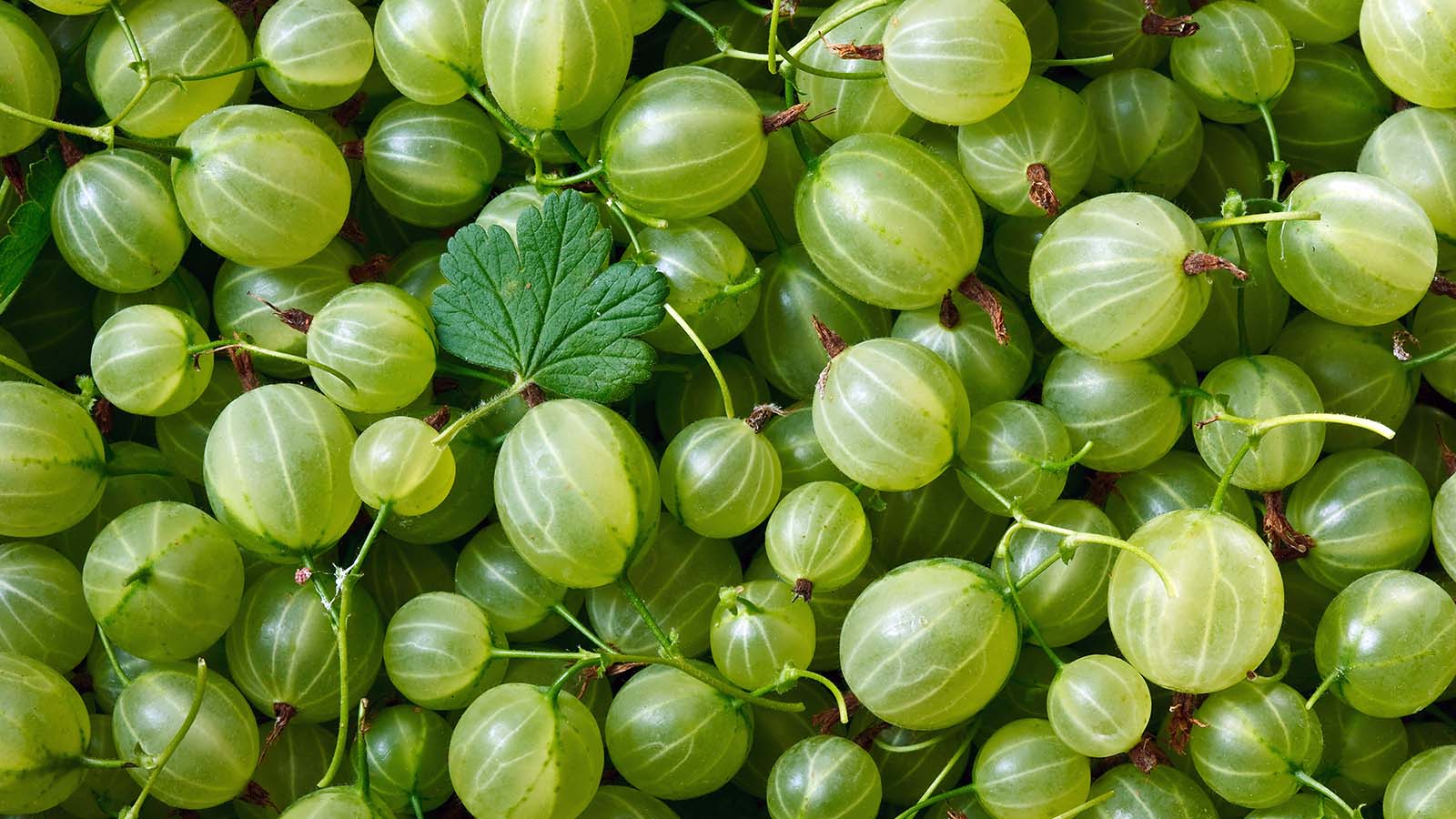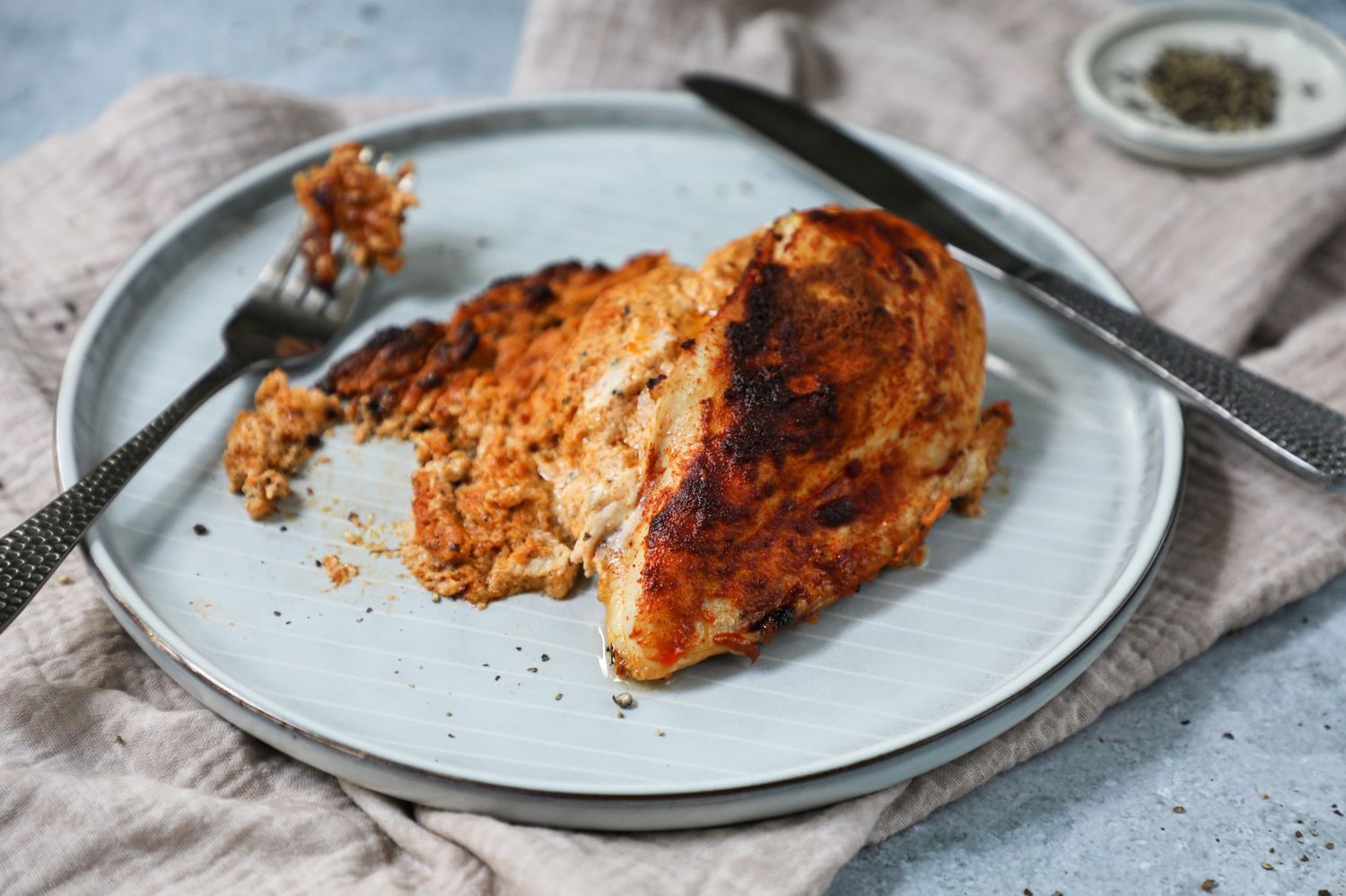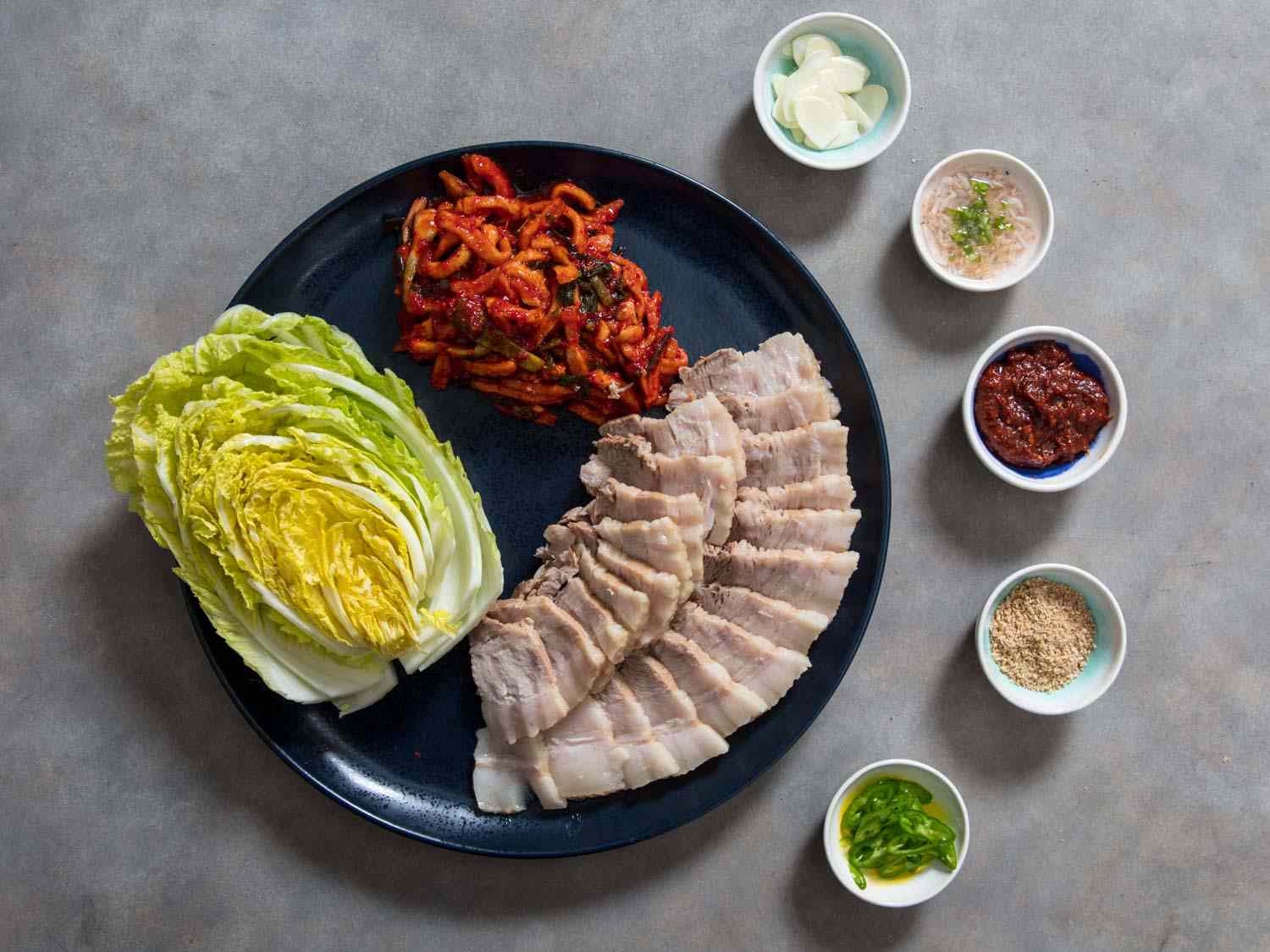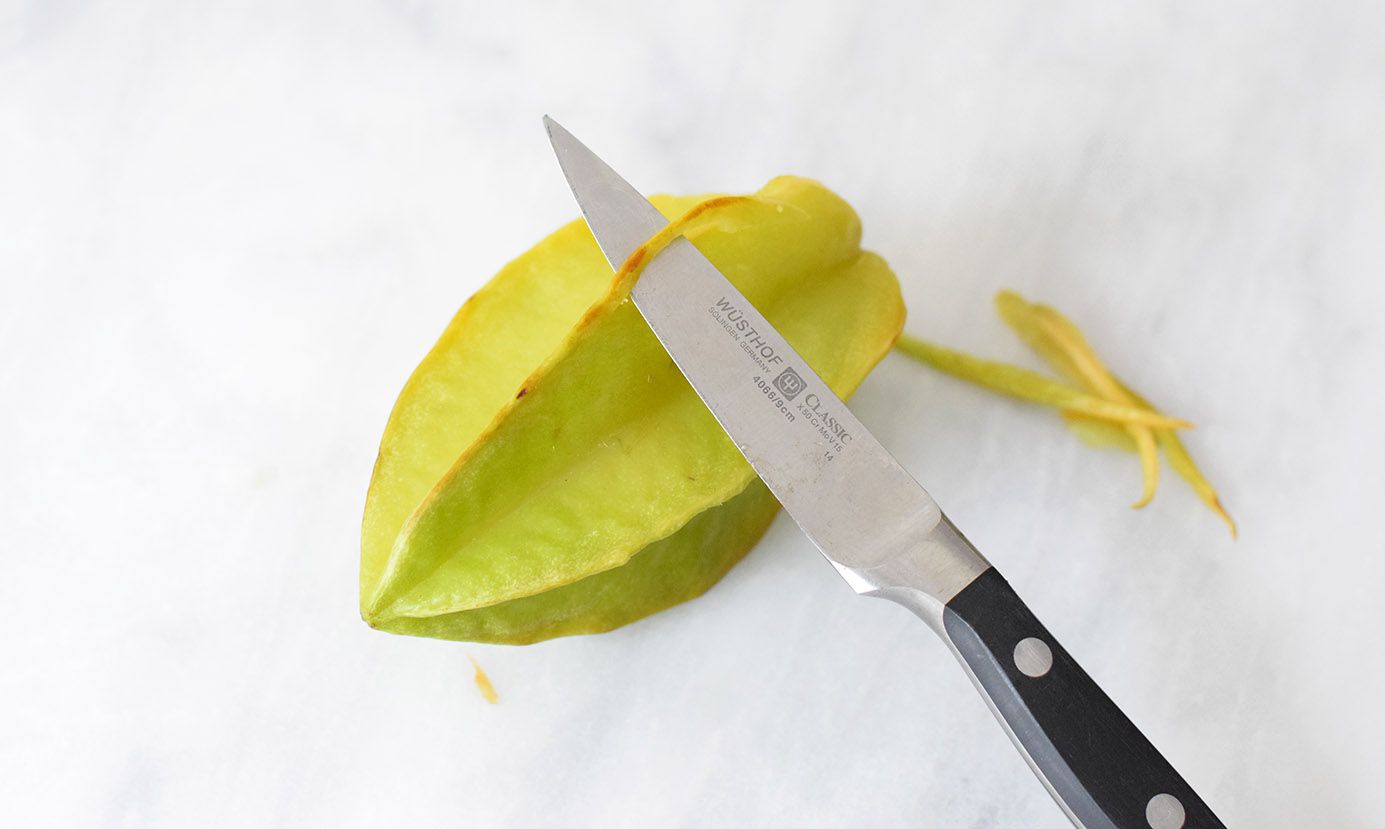Delicious and Nutritious: How to Enjoy Guinea Pig as a Culinary Delicacy
Guinea pig, also known as cuy, is a popular dish in many South American countries, particularly in Peru, Ecuador, and Bolivia. While the idea of eating guinea pig may seem unusual to some, it is a cherished part of the culinary traditions in these regions. If you’re curious about trying this unique delicacy, here’s a guide on how to prepare and enjoy guinea pig.
Choosing the Right Guinea Pig
When it comes to preparing guinea pig for consumption, it’s important to start with a healthy and well-raised animal. If you’re purchasing a guinea pig from a market or a local supplier, look for one that is plump, with shiny fur and bright eyes. A healthy guinea pig will yield the best flavor and texture for your meal.
Preparing the Guinea Pig
Before cooking, it’s essential to properly clean and prepare the guinea pig. Start by removing the fur and internal organs. Then, rinse the meat thoroughly and pat it dry. Some traditional recipes call for marinating the guinea pig in a mixture of herbs and spices to enhance its flavor.
Cooking Methods
Guinea pig can be prepared using various cooking methods, including roasting, grilling, or frying. One popular technique is to roast the guinea pig whole on a spit, which results in crispy skin and tender, flavorful meat. Alternatively, you can marinate the meat and grill it for a smoky, charred flavor.
Flavor Combinations
When it comes to seasoning guinea pig, there are countless flavor combinations to explore. In Peru, it’s common to use a marinade of garlic, cumin, and aji amarillo, a type of yellow chili pepper. In Ecuador, the meat is often seasoned with achiote, a spice made from annatto seeds, which imparts a vibrant color and earthy flavor.
Serving Suggestions
Guinea pig is often served with traditional accompaniments such as potatoes, corn, and a variety of salsas. In Peru, it’s common to serve guinea pig with a side of crispy fried potatoes and a spicy rocoto pepper sauce. In Ecuador, it may be accompanied by mote, a type of hominy, and a refreshing tomato and onion salad.
Appreciating the Experience
When enjoying guinea pig, take the time to savor the unique flavors and textures of this traditional dish. Embrace the cultural significance of the meal and appreciate the centuries-old culinary heritage that surrounds it.
While the idea of eating guinea pig may be unconventional for some, it’s important to approach it with an open mind and a spirit of culinary adventure. By following these tips, you can savor the experience of enjoying guinea pig as a delicious and culturally rich delicacy.

